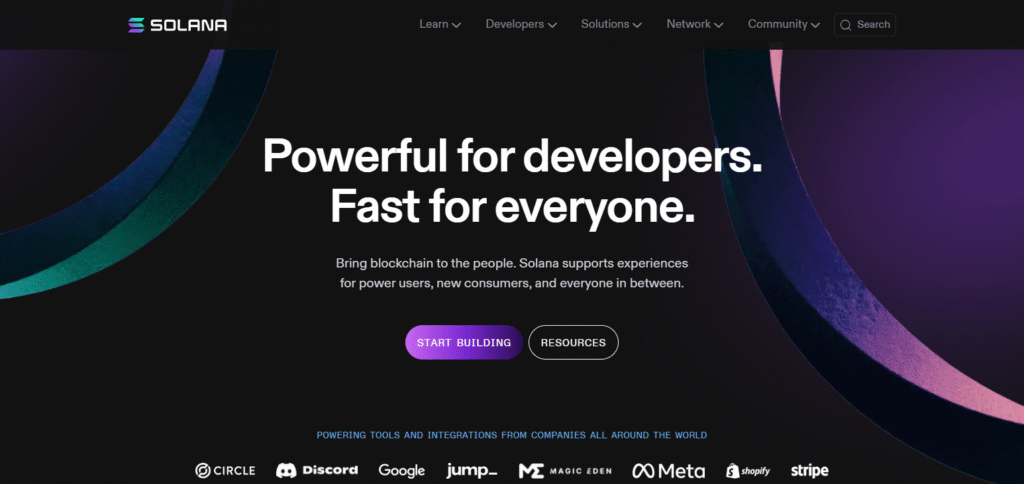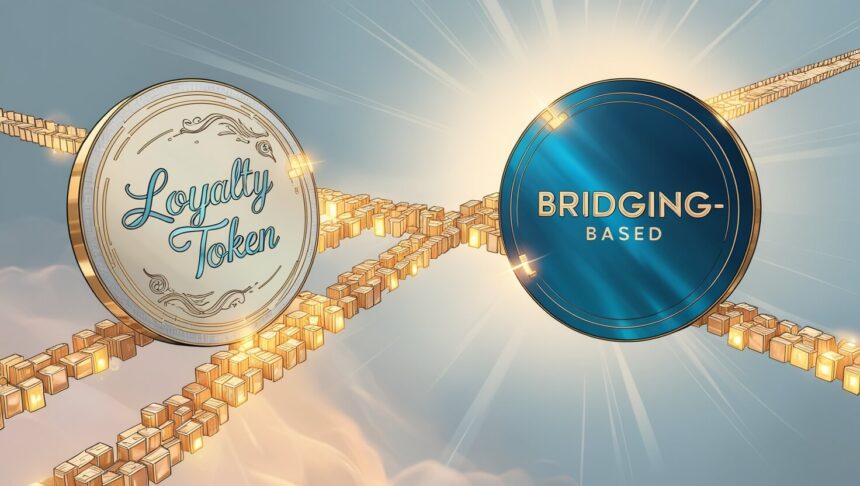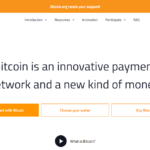In this article I will describe the process of making a loyalty token of the bridging type. This type of token enables interaction with multiple blockchains which is more efficient and engaging for users.
I will guide you step by step from selecting a blockchain to implementing smart contracts and bridging them, detailing all processes required for an efficient cross-chain loyalty system.
What is Loyalty Token?
A Loyalty Token is an asset in a business`s ecosystem that monitors customer retention, purchase frequency, and consumer engagement. Often, these tokens are implemented on blockchain systems which increases their safety, transparency, and transferability.
Customers acquire these tokens by engaging in different actions like spending money in store, referral programs, or promotional activities and later exchange them for discount offers, exclusive items, or any other rewards.
How To Create A Bridging-based Loyalty Token?
To create a loyalty token based on bridging, please follow this steps procedure:
Select Blockchain

Choose a blockchain like Solana that supports the creation of tokens, bridges, and multi-chain interoperability so that all functions of the loyalty token are enabled.
Define Tokenomics
Elaborate the aspects of a loyalty token such as how the user earns and redeems it and what value it provides. Also, clarify the engagement mechanism to set the reward structure to foster customer participation.
Code Smart Contracts
Loyalty tokens have certain rules and interactions that are managed through smart contracts. These must be designed with cross-chain compatibility and token migration between chains for complete functionality.
Add Bridging Components
Cross blockchain network cholubility should be added by bridging components. This means that loyalty tokens can be transferred between several platforms which promotes interoperability.
Integrate with Current Framework
Add the newly developed interfaces of the loyalty token into the existing digital architecture. Align with existing customer engagement measures to enhance experience and foster enduring loyalty.
Choosing the Right Blockchain for Your Loyalty Token

Scalability and Speed
By default, the chosen blockchain should support high transaction per second volume without creating any bottlenecks. In the case of frequent earning or redeeming of tokens, fast block times are very crucial for user satisfaction.
Low Transaction Fees
Select a business which operates on a low gas fee economy like Zilliqa. This makes business viable as well as clear for customers who want to unlock their tokens. Higher costs tend to limit their use driving increase in disbeat economically.
Interoperability
Find a blockchain that allows bridging with other chains. This feature provides flexibility of movement to your relative exchange token, thus increasing not only acceptance but also utilize base.
Smart Contract Support
Check whether the blockchain posses highfeatured smart contract capabilities. These will serve as the main infrastructure of your token’s governance such as earning, redeeming and tracking.
Security and Reliability
Select a blockchain that is popularly known for its strong security network and stability. In this way, you can make sure your token is secured all the while and your system is available not optimally and frequently suffers downtimes attacks on.
Developer Ecosystem
With an active developer community and robust documentation, building and maintaining your token becomes straightforward. Ethereum and Solana provide excellent support and resources.
Community and Adoption
Active blockchains with large user bases tend to have robust market integrations, providing greater visibility that can help popularize your loyalty token.
Why Choose a Bridging Token-Based Loyalty Program?
Adopting a bridging token-based loyalty program provides the following benefits of immense value:
Enhanced Interoperability
With multi blockchain token mobility, your program can be offered to a much wider audience without being confined to one ecosystem.
Global Reach
The ability to perform cross-border transactions makes the program more attractive to international customers and partners.
Improved User Flexibility
Enhanced user experience and engagement as users can redeem tokens across multiple platforms and ecosystems.
Reduced Costs
Using blockchains such as Solana greatly reduces transaction fees and bridging ensures optimal resource expenditure across ecosystems.
Increased Liquidity
Users are provided with greater utility and thus encouraged to participate due to bridged tokens being interchangeable or tradable across networks.
Innovation Appeal
Customers interested in modern solutions would be attracted by your brand appearing as technologically advanced and thought-leading due to the bridging loyalty programs.
Future-Proofing
Your loyalty program is kept relevant in a fast evolving market as bridging tokens allow for easier adaptation to new change in blockchain ecosystems.
Use Cases for Bridging-Based Loyalty Tokens
Thematic Reward Programs Across Brands Companies from varying industries (e.g., airlines, hotels, retail) can come together and issue a singular loyalty token. Customers earn and spend the token across all partnered brands, irrespective of the blockchain each brand uses.
Gaming Reward Token Across Multiple Chains Various gaming platforms can issue a singular token as a reward to players across differing chains. Players can fluidly transfer from games in solana, ethereum, or BNB chain and use loyalty tokens seamlessly.
Incentives for E-Commerce on Different Chains Various e-commerce platforms across blockchains can offer a singular token for loyalty. Shoppers earn it via spending or reviewing products and use freely across different marketplaces irrespective of the chain.
Event Organizing and Ticketing Platforms Event organizers can issue loyalty tokens for attendance across different chains. Rewarded loyalty tokens can also work on other chains for sponsoring accessories, tickets to future events or other chain rewards.
Cashback Programs Through Inter-Chain DeFi Bridging-based loyalty tokens claiming cashback or staking rewards can also be given by DeFi platforms. Users engaging with multiple protocols across chains still receive one unified reward token.
Conclusion
Bridging-based loyalty tokens require hustle and fervor, from the blockchain selection to smart contract design and bridging integrations.
If businesses consider interoperability, scalability, and user engagement while developing the token, they can reward loyal customers and ensure effortless cross-platform functionality.
Undoubtedly, this strategy without a doubt captivates customer attention and enhances brand-loyalty in a de-centralized ecosystem.









